The Red Sea in Egypt is a great place to dive. It is worth finding out where the name comes from, what is the salinity of the Red Sea and its depth. By choosing to dive on the coral reefs around Hurghada, you can explore the Red Sea. It is home of many different marine animal species and hundreds of types of soft and hard corals. We would like to bring you some interesting facts about the Red Sea.
Where does the name Red Sea come from?
There is no unequivocal answer to this question. There are several theories that explain the name.
- Although the water in the Red Sea looks blue (in different shades :). During blooms of algae Trichodesmium erythreaum on the surface, the water appears reddish brown.
- The ancient Greeks called the sea the Eritrean Sea and the word "erithros" means red in Greek.
- Colors in some ancient languages (Achaemenid people) were used to indicate directions. Red meant south. The sea on the south may have taken its name from the geographical direction marking its location.
- On part of the coast there are rocks containing iron oxide, which is reddish brown in color.
Location of the Red Sea
The Red Sea is an inland sea between Africa and the Arabian Peninsula. It connects to the Indian Ocean through the Strait of Bab al-Mandab, which is between Africa and the Arabian Peninsula belonging to Asia. Through the Suez Canal it connects to the Mediterranean Sea. The Red Sea has two bays, located to the north: the Gulf of Suez and the Gulf of Aqaba, which surround the Sinai Peninsula.
Depth of the Red Sea
A rift valley runs through the middle of the bottom of the Red Sea - it is a deep cleft formed as a result of the stretching of the earth's crust. The bottom is the oceanic crust, which is made of basalt. In the place of the Red Sea Rift, Africa moves away from Asia (exactly the African plate from the Arabian plate) - the depth in this place exceeds 3000 meters.
- The maximum depth of the Red Sea is about 3040 meters. The average depth is about 490 meters.
- About 40% of the Red Sea is quite shallow (up to 100 meters deep) and 25% is less than 50 meters deep.
- About 15% of the Red Sea is more than 1,000 meters deep.
- The length of the Red Sea: 2250 kilometers, the maximum width at the height of Eritrea is: 306 - 355 kilometers. The narrowest place of the Red Sea is at the height of Yemen: 26-26 kilometers, where is the strait of Bab al-Mandab.
Salinity of the Red Sea
The Red Sea is one of the saltiest reservoirs in the world. The salinity range varies between 36‰ in the south and 41‰ in the northern part of the sea. The average salinity is 40‰. For comparison, the average salinity of sea water in the world is about 35‰. Higher, by about 4%, salinity of the Red Sea compared to the world average is due, among others, to:
- High evaporation rate
- Low precipitation
- No inflow of rivers to the Red Sea
- Limited connection to the Indian Ocean, which has a lower salinity
Diving in the Red Sea
The Red Sea is famous for its excellent diving conditions all year round. Depending on the location of coral reefs, we can dive on them from: dive boats (Hurghada and Sharm el Sheikh), shore (Marsa Alam and Dahab) from RIB (Marsa Alam), from safari boats on more distant reefs (Brothers, Zabargad, Rocky, St John's).
The coast of the Red Sea is covered with coral reefs, which is a great attraction for divers. Diving in Hurghada (from large comfortable dive boats) is an opportunity to explore and admire coral reefs only about four hours away by plane from Europe.

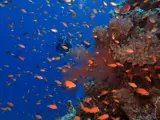
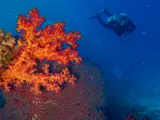
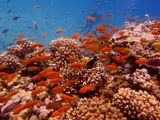
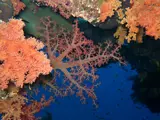

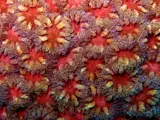


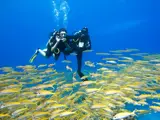
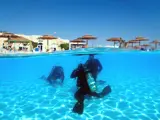


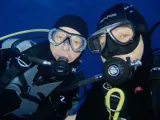

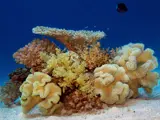
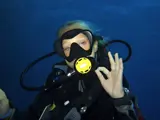

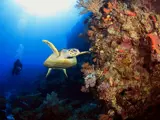
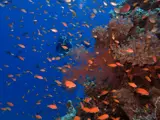

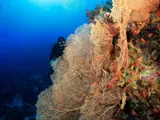
About the author
Pavla